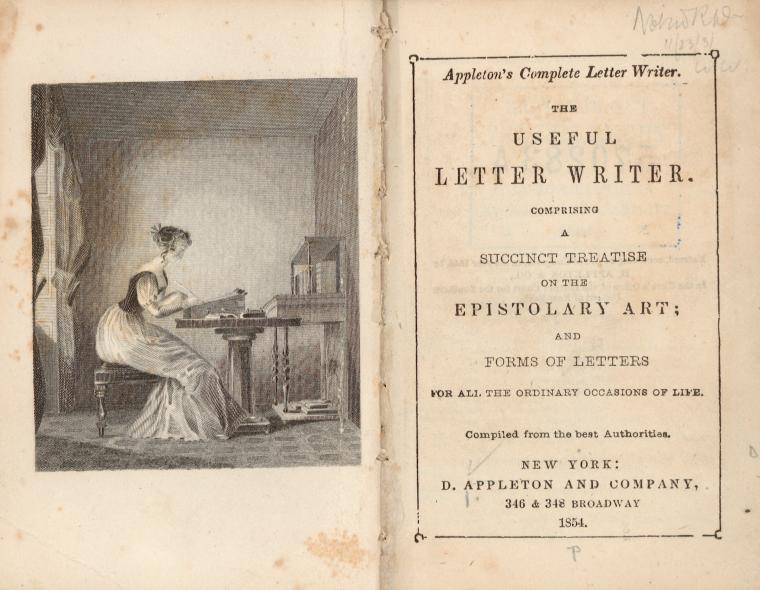When I was eight years old, two very important things happened in my career:
- I was invited to attend my first writing conference; I’ve wanted to be a writer ever since.
- I won my third-grade science fair for a project I did on the difference between boys’ and girls’ brains.
Now, I write about psychology for a living! Point #1: Small things have a huge difference in how we perceive the world and our place in it.
Fast-forward a few decades to when I wanted to start writing a nonfiction book, but wasn’t sure how to start. A few blog posts, especially Steve Silberman’s “Practical Tips on Writing a Book from 23 Brilliant Authors” were hugely helpful. But it always felt like my favorite writers were giving incomplete information and leaving all of their best advice on the table.
When we give advice about our own work process, it’s easy to overemphasize how we got better at something and the things that we spent a lot of time doing. Because of differences in life experiences, skills, strategies, interests, and resources, we may not realize that the thing that takes us five minutes could be impossible to someone else. We look at our world and mistake it for the world.
Bad information is stronger and sticks out more than good information. We don’t see what’s easy to us—where we’ve been lucky—we just see our struggles and how we’ve been unlucky. (This is also known as the “Headwinds / Tailwinds Asymmetry.”)
So, to counteract all of these biases by my favorite writers, I started making headway the only way I know how: I reverse-engineered it. I went through several of my favorite pop psychology/business books published over the past several years, dissected each chapter, and came up with a basic list of the component elements that regularly appeared in each:
- Intro Anecdote
- Science Behind This
- Seminal Study/Mechanisms
- Progression of Subsequent Studies
- Q&A with Researcher
- Personal Anecdote/Media Stories
- Real World examples/business examples
- Profile of Prominent Person
- Something Gone Wrong
- Classic Study
- Advice/Common Misperception
- Historical Story
- Call-back to previous point/story
- Cultural Tie-in
Whenever I started getting anxious about my ability to write an entire book, I figured: I can write a chapter! So I just looked at the list and focused on one small aspect of one chapter. And what is a chapter but a collection of these parts? And surely I could find an anecdote, talk to a researcher, or do one of these small things.
Like any big project, writing a book is all about breaking it down into bite-sized chunks, and building it one sentence at a time. What else is like this?
- Losing weight (one healthy decision at a time)
- Starting a business (one step at a time)
- Saving for retirement (one dollar at a time)
- Avoiding environmental catastrophe (one green shift at a time)
- Learning a new skill
If other people can do it, you can do it. Just break it down.
